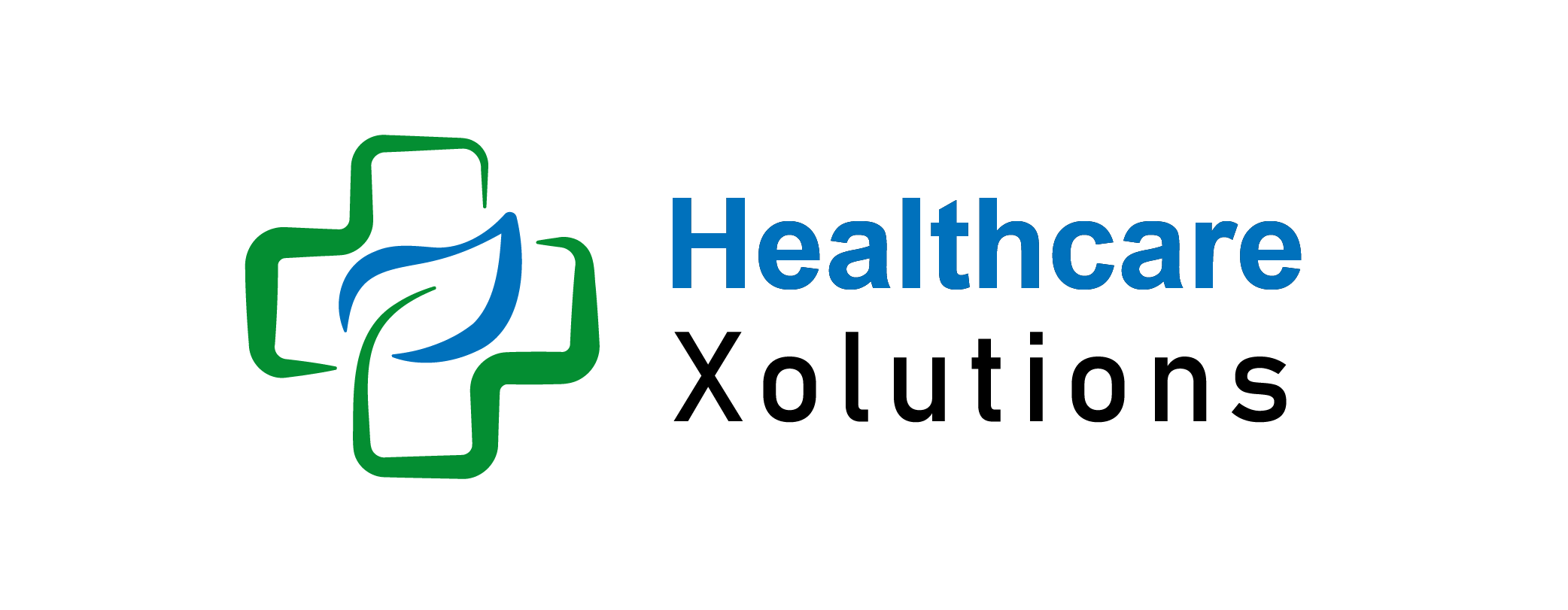How To Switch Health Insurance Plans Mid-Year: A Step-by-Step Guide

Switching health insurance plans mid-year can be necessary due to significant life events or dissatisfaction with your current plan. With proper planning, transitioning to a new plan can ensure better coverage and cost savings without disrupting your healthcare access.
This guide outlines the steps to switch health insurance plans mid-year, including eligibility, navigating special enrollment periods (SEPs), and ensuring a seamless transition.
Key Takeaways:
- Special Enrollment Periods (SEPs): Triggered by life events like marriage, job loss, or relocation.
- Review Your Plan: Evaluate current coverage and identify gaps to address.
- Compare Options: Research plans for network providers, costs, and prescription coverage.
- Seamless Transition: Align the start date of the new plan with the end of the current one.
- Seek Professional Help: Brokers or advisors simplify the process and clarify choices.
Table of Contents
What Are Health Insurance Plans?
Health insurance plans are agreements between individuals and insurance providers to cover medical expenses. These plans reduce the financial burden of healthcare costs such as doctor visits, hospital stays, and prescriptions.
Key Components of Health Insurance Plans:
- Premiums: Regular payments to maintain coverage.
- Deductibles: Amounts paid out-of-pocket before coverage begins.
- Copayments (Copays): Fixed amounts for specific services.
- Coinsurance: Percentage of costs after meeting the deductible.
- Out-of-Pocket Maximums: Maximum yearly costs for the insured.
How To Switch Health Insurance Plans Mid-Year: 8 Step Guide
1. Understand Special Enrollment Periods (SEPs):
SEPs allow you to change health insurance plans mid-year due to qualifying life events, such as:
- Marriage or Divorce
- Birth or Adoption of a Child
- Job Loss or Change in Employment
- Relocation
- Income Changes
You generally have 60 days from the event date to enroll in a new plan.
2. Review Your Current Coverage:
Analyze your current plan to determine if switching is necessary:
- Are premiums, deductibles, and out-of-pocket costs manageable?
- Does the plan cover your preferred doctors and medications?
- Have your healthcare needs changed?
3. Research New Plans:
When exploring options, consider:
- Network Coverage: Ensure access to your preferred providers.
- Premium Costs: Compare monthly premiums for affordability.
- Out-of-Pocket Costs: Review deductibles, copays, and coinsurance rates.
- Prescription Coverage: Verify that your medications are on the formulary.
Use tools like your state’s marketplace or private exchanges to compare plans.
4. Check For Penalties or Fees:
Switching without a qualifying event outside open enrollment may result in penalties. Employer-sponsored plans or government programs like Medicaid have specific rules, so verify them before switching.
5. Coordinate The Transition:
To avoid gaps in coverage:
- Cancel the Current Plan: Only after confirming the start date of the new one.
- Notify Providers: Inform doctors and pharmacies about the change to prevent billing issues.
- Align Effective Dates: Ensure the new plan starts as the old one ends.
6. Enroll In The New Plan:
Enrollment steps include:
- Providing proof of your qualifying event (e.g., marriage certificate or proof of address change).
- Submitting your application within the SEP window.
- Working with your employer’s HR department for employer-sponsored plans.
7. Understand COBRA Options:
If leaving a job with employer-sponsored coverage, COBRA allows you to maintain your current plan temporarily. Although often more expensive, COBRA ensures uninterrupted coverage during the transition.
8. Seek Professional Guidance:
Insurance brokers or advisors can simplify the process. They offer:
- Assistance with plan comparisons.
- Clarification of benefits.
- Help navigating paperwork and enrollment.
Conclusion – How To Switch Health Insurance Plans Mid-Year:
Switching health insurance plans mid-year is manageable with proper planning. By understanding special enrollment periods, reviewing current coverage, and coordinating transitions effectively, you can secure better coverage without gaps. Act promptly to avoid missing deadlines and ensure uninterrupted healthcare access.
FAQs:
Can you change health insurance plans mid-year?
Yes, during open enrollment or if you qualify for a special enrollment period due to a life event.
How to switch health insurance plans mid-year online?
Use your state’s marketplace or your insurer’s online portal to explore and switch plans.
Can you change insurance plans mid-year through your employer?
Yes, if you experience a qualifying life event. Check with your HR department for eligibility.
When is open enrollment for health insurance in 2024?
Open enrollment typically runs from November 1, 2024, to January 15, 2025.
What happens if I switch without a qualifying event?
Switching outside open enrollment without a qualifying event may result in penalties or denial of coverage.
